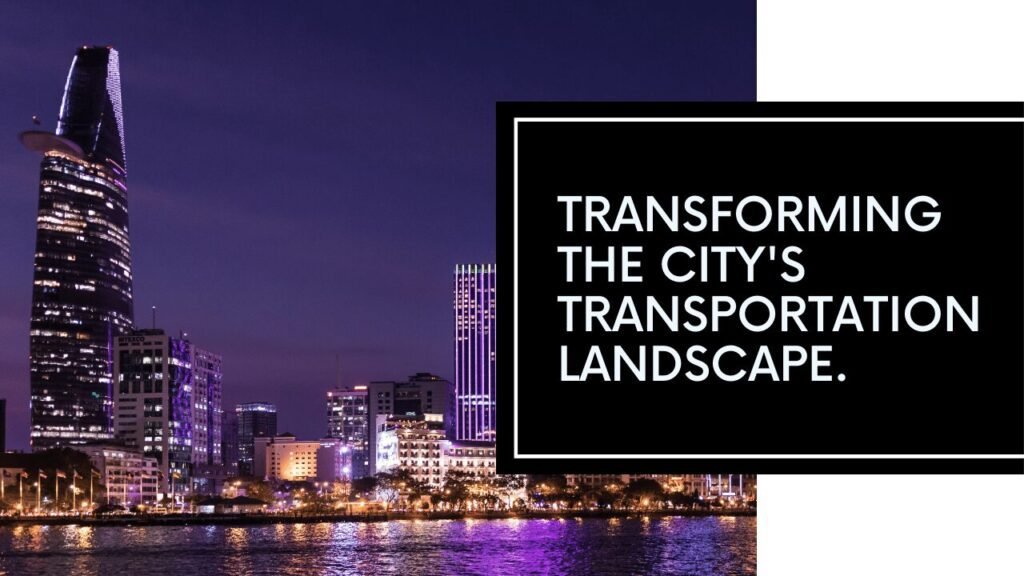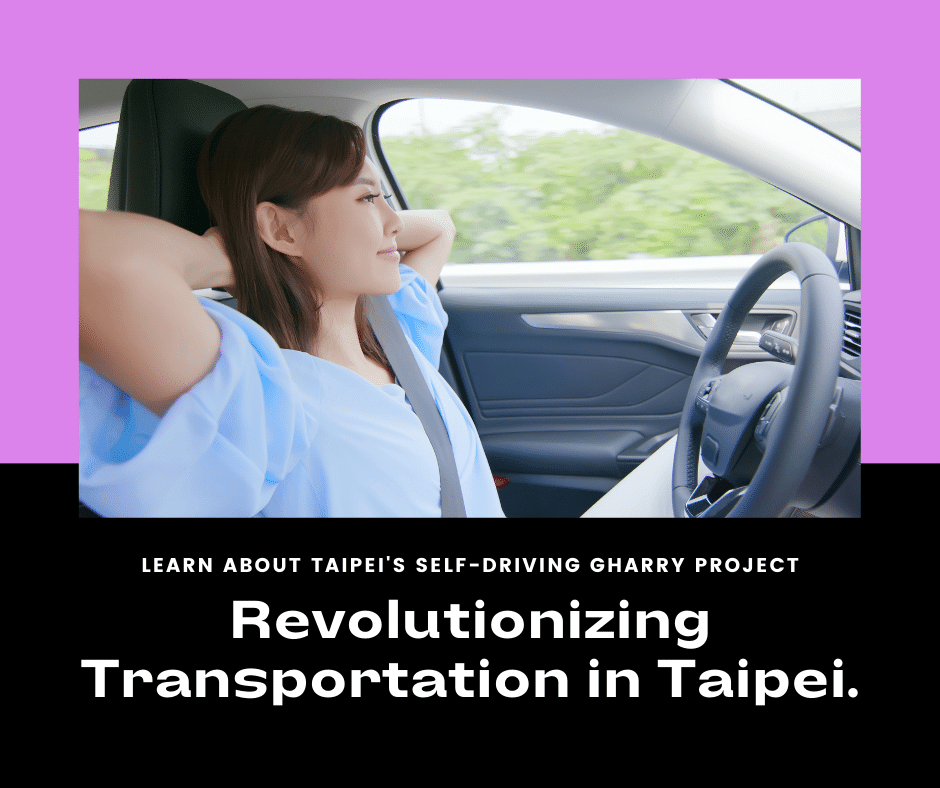Introduction
The gharry, a traditional horse-drawn carriage that once graced the streets of Taipei, is experiencing a revival in an unexpected form – self-driving technology. The concept behind these autonomous carriages is to preserve the cultural significance of the gharry while adapting it to the demands of contemporary urban life1. This innovative project aims to blend tradition with modern technology, creating a unique transportation experience for both residents and visitors.
The Technology Behind the Revolution
Taipei’s self-driving gharrys would likely employ a combination of LiDAR, radar, and cameras to detect obstacles, pedestrians, and other vehicles, ensuring a safe and smooth ride for passengers. These technologies work together to create a detailed 3D map of the environment, allowing the vehicle to navigate complex urban landscapes with ease.
Moreover, machine learning algorithms would constantly adapt to the dynamic nature of city traffic, optimizing routes and minimizing congestion. These algorithms learn from each journey, improving their performance over time. This continuous learning process is a key feature of autonomous vehicles, enabling them to operate safely and efficiently in a variety of conditions.
Also Read: Traffic Marshall Certification Made Easy: Your Ultimate Online Guide
Transforming the City’s Transportation Landscape

Looking ahead, Taipei’s self-driving gharrys have the potential to transform the city’s transportation landscape. As the technology progresses, we can expect to see further enhancements, including improved passenger experiences, expanded coverage, and seamless integration with other modes of transportation.
Improved passenger experiences could include features such as real-time route updates, personalized travel recommendations, and interactive entertainment systems. Expanded coverage could see the self-driving gharrys operating in more areas of the city, providing a convenient and eco-friendly transportation option for a wider range of residents and visitors. Seamless integration with other modes of transportation could involve coordinated schedules and ticketing systems, making it easier for passengers to plan multi-modal journeys.
Revolutionizing Urban Mobility
The advent of self-driving technology has been a game-changer in the realm of urban transportation. Taipei, a bustling metropolis known for its vibrant street life and cultural landmarks, has taken a significant leap in this domain with the introduction of the Taipei Self-Driving Gharry.
This project represents a bold step towards a future where autonomous vehicles play a central role in urban mobility. By harnessing the power of self-driving technology, Taipei is not only enhancing its transportation infrastructure but also creating a unique cultural experience that pays tribute to its rich heritage.
In conclusion, the Taipei Self-Driving Gharry project is a revolutionary step towards a future where technology and tradition coexist harmoniously. It not only preserves the cultural heritage of the city but also paves the way for a sustainable and efficient urban transportation system. As we look forward to the continued development and deployment of these self-driving gharrys, it’s clear that they represent a significant milestone in the evolution of urban mobility.

